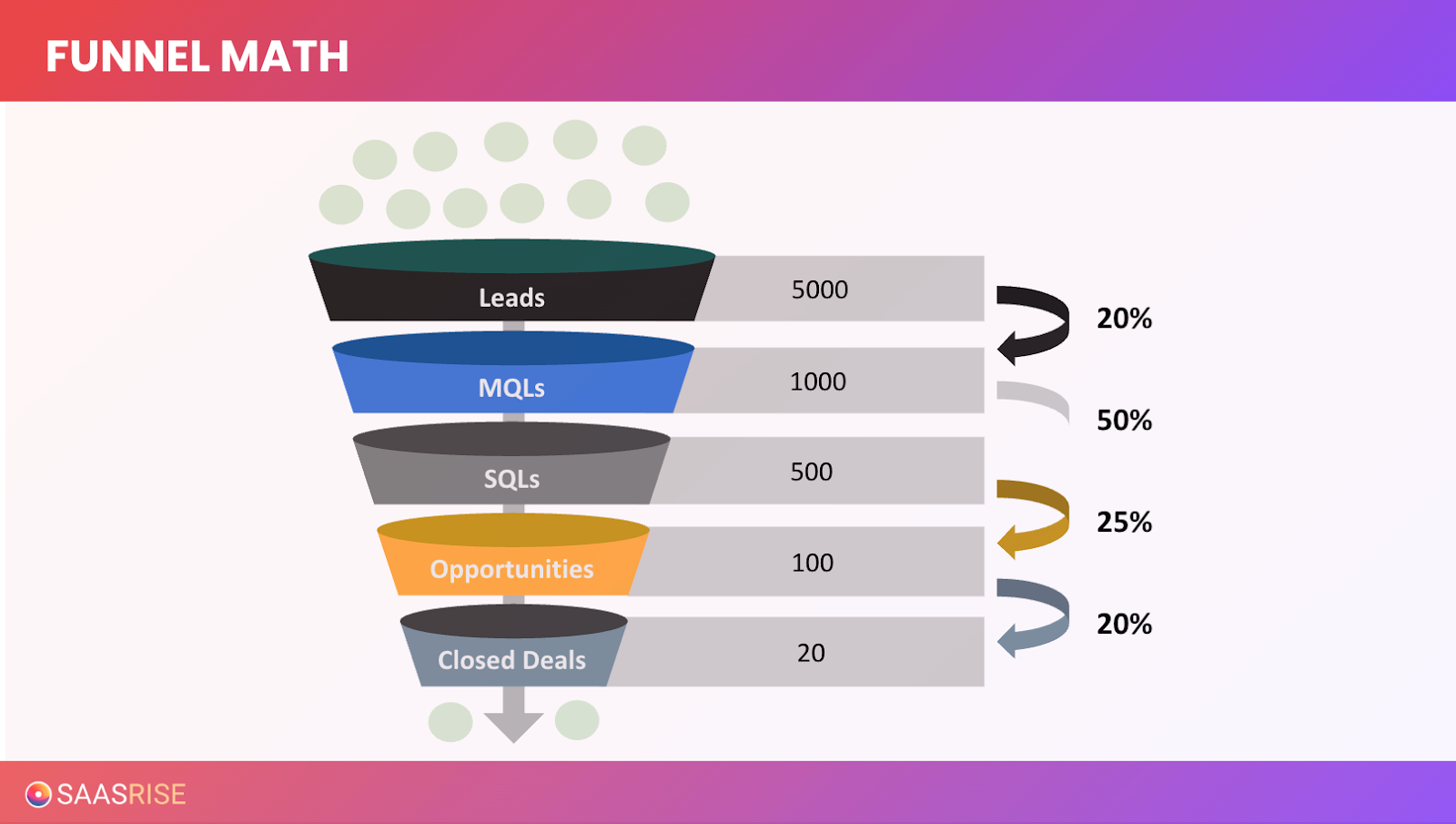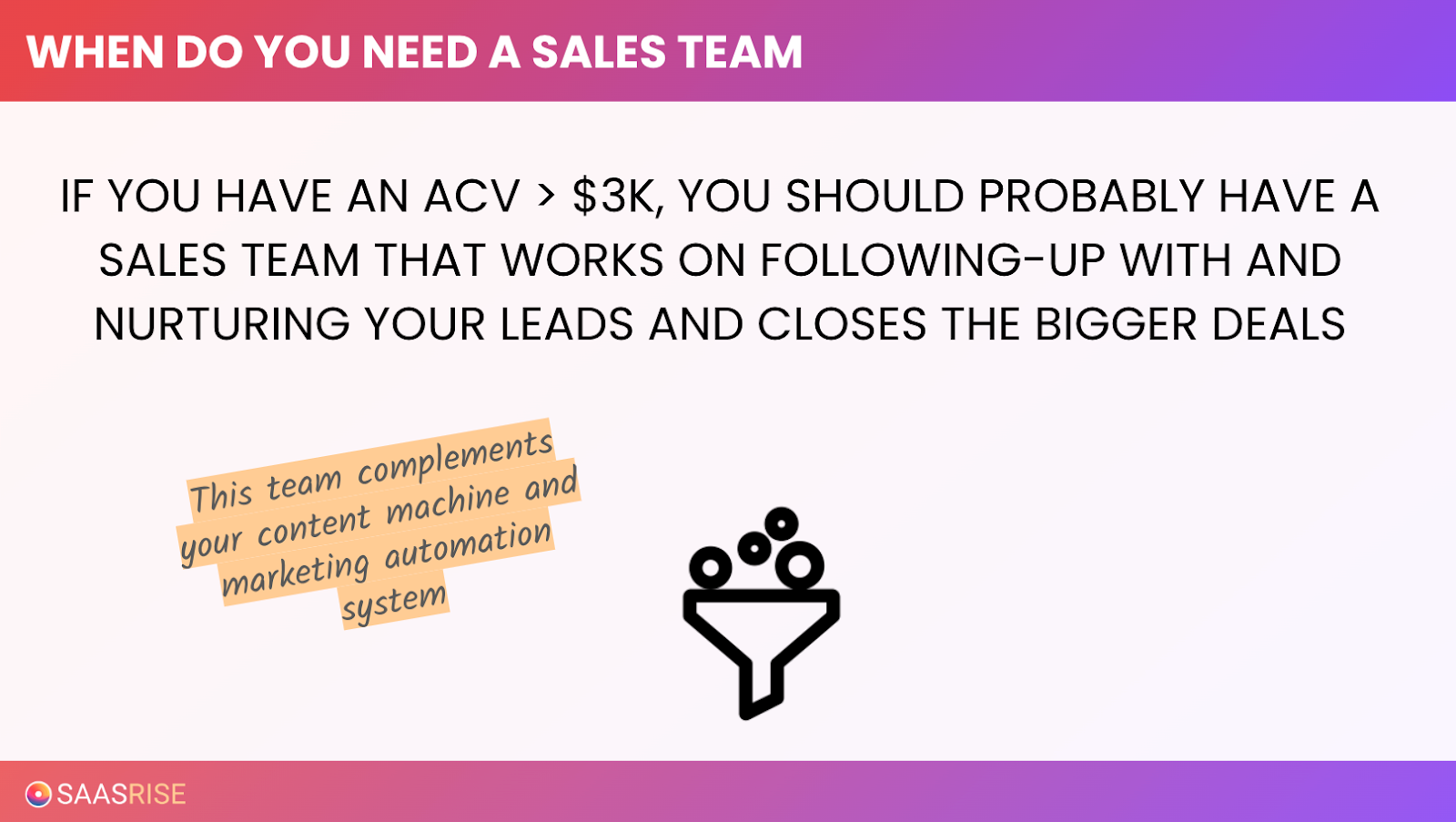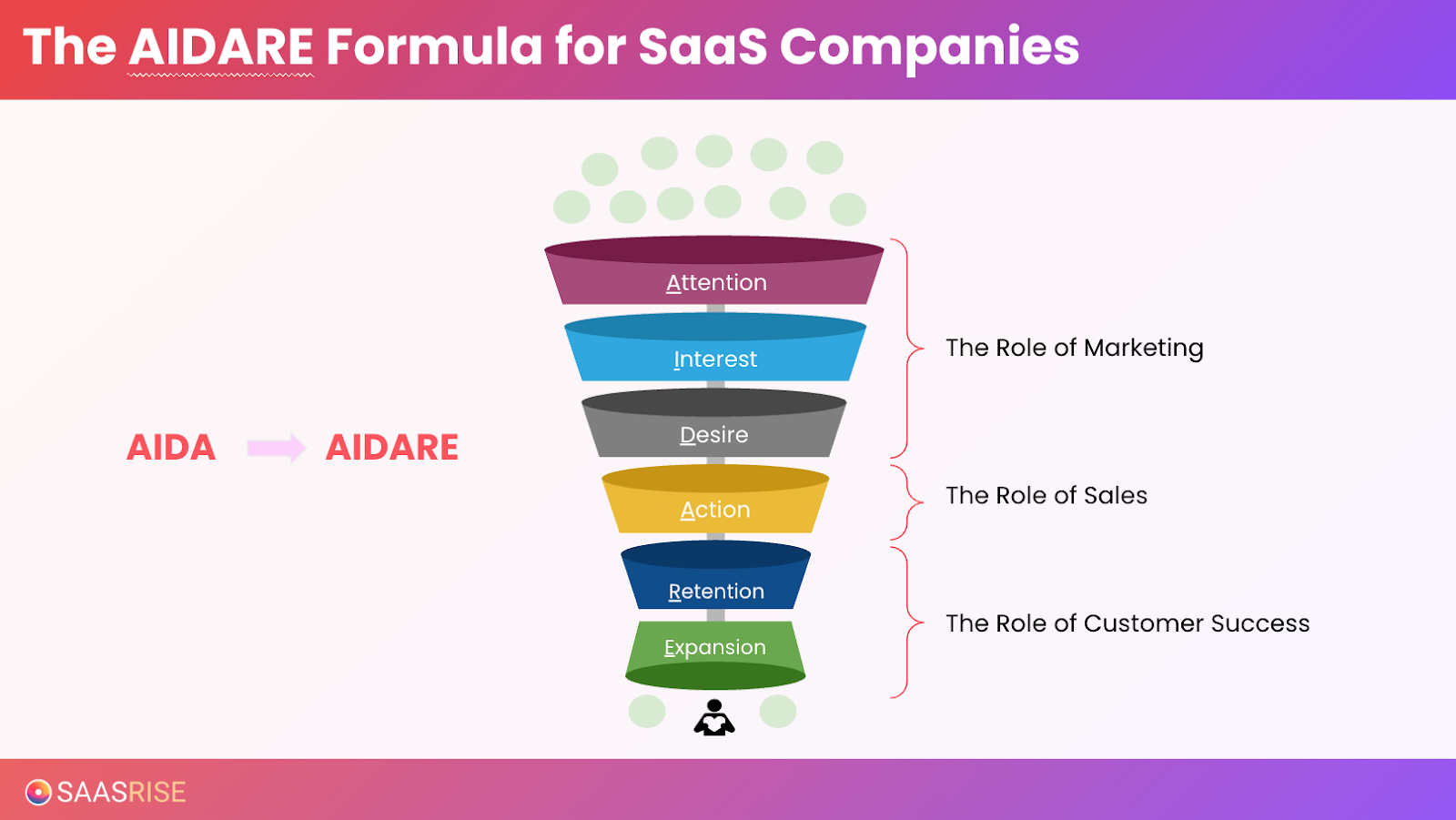
How to Turn Leads Into Customers: Building a Scalable SaaS Sales and Success System
Learn how to turn SaaS leads into loyal customers with a scalable sales and success system. This guide walks you through the key steps — from building your ABM and content engines to structuring a sales team, tracking core metrics, and driving long-term retention. It’s a practical roadmap to transform your marketing funnel into a predictable, revenue-generating machine.
Generating leads is exciting. Converting them into paying customers — and keeping those customers happy — is where your business truly grows.
After building your outbound engine, content system, and ad strategy, the next step in your SaaS growth journey is sales and customer success. This is where your revenue engine starts running on its own — where marketing, sales, and success come together to drive predictable growth.
Here’s how to build the follow-up, sales, and success systems that turn awareness into revenue and revenue into long-term retention.
This content is from the 16 week B2B SaaS Growth Program that we run twice a year.
Step 1: The Five Systems Every SaaS Company Needs
Once your growth engine is in motion, your company should have five core systems operating together:
- ABM Lead Sourcing – Continuously refreshing and expanding your ideal customer list.
- Content Creation Machine – Publishing one high-quality piece of content every week.
- Advertising & CRO – Running ads across multiple channels and optimizing conversion rates.
- Sales Organization – Converting warm leads into deals through human connection.
- Customer Success – Retaining and expanding existing customers to boost net revenue retention (NRR).
These systems aren’t one-time projects. They’re ongoing processes that compound over time.
ABM keeps your pipeline full. Content builds trust. Ads create awareness. Sales turns that awareness into action. And customer success transforms those wins into long-term value.
Step 2: Calculate Your Economics Before You Scale
Before you hand off leads to sales, make sure you know what each lead is worth.
Go back to your target CAC (Customer Acquisition Cost) from Week 1. That number — typically 1/6 of LTV or ½ of ACV — is your north star.
Then factor in your lead-to-customer conversion rate.
For example:
- If your target CAC is $10,000,
- and 5% of leads become customers,
- then your target CPL (Cost per Lead) should be $500.
Now you can measure whether your ads and outbound are performing profitably — and scale the right channels accordingly.

Step 3: Set Baselines and Track Weekly
By now, your ads and outbound campaigns should be generating consistent leads.
You should know your:
- CPM (Cost per 1,000 Impressions)
- CPC (Cost per Click)
- CTR (Click-Through Rate)
- Visitor-to-Lead Conversion Rate
- CPL (Cost per Lead)
- CAC (Customer Acquisition Cost)
At this stage, the goal is weekly iteration.
Every Monday, spend 20–30 minutes updating your ad performance sheet, tracking which channels are delivering the best CPL and scaling those by 10–20%.
Consistency here creates momentum — and makes sure you’re investing in what actually works.
Step 4: Understand the Real Sales Math
It’s easy to get discouraged when ads generate leads but not immediate customers.
But remember — SaaS is a recurring revenue game.
If your ACV is $20K and you have a 6-month payback period, a $2K–$3K cost per qualified lead can still be very profitable.
In many cases, founders stop too early. They run ads for a month, don’t close a deal, and assume it’s not working.
The reality?
You often need to:
- Spend 2x your target CAC to get enough data.
- Wait a full sales cycle (90–180 days) to see the results.

This is why scaling requires patience and consistency.
When you play the long game, your lead gen turns into an annuity that compounds over time.
Step 5: Transition From Founder-Led to Team-Led Sales
At $1M–$3M ARR, founder-led sales can still work. You know the product, you know the pain points, and you can close early customers yourself.
But to scale beyond that, you need a system that sells without you.
Here’s how to transition:
- Hire an SDR (Sales Development Rep):
- Their job is to follow up with every lead — by email, phone, or LinkedIn.
- Use tools like Yet Another Mail Merge (YAMM) or Gmass to send personalized batch emails.
- Add an AE (Account Executive):
- Their job is to demo and close deals.
- They should own the bottom of the funnel and focus on converting SQLs into paying customers.
- Create a Clear Hand-Off:
- Marketing → SDR → AE → Customer Success.
- Every step should have clear definitions for lead stages (MQL, SQL, Demo, Contract).

When this system runs smoothly, your founder can step back from day-to-day selling — and your company can grow predictably.
Step 6: Build a Follow-Up Machine
Leads don’t buy right away. That’s why your follow-up system is just as important as your lead generation system.
Here’s the process we use:
- Collect Clickers from Outbound:
- Every week, export everyone who clicked on your cold emails.
- Every week, export everyone who clicked on your cold emails.
- Add Them to a Warm Sequence:
- Drop those leads into a 30-email, 90-day sequence.
- Continue providing value — guides, videos, case studies, or recorded demos.
- Track Engagement:
- Use your CRM or email tool (like HubSpot, GoHighLevel, or ActiveCampaign) to track opens and clicks.
- Use your CRM or email tool (like HubSpot, GoHighLevel, or ActiveCampaign) to track opens and clicks.
- Engage with SDRs:
- Once a lead clicks multiple times or replies, your SDR can reach out manually to set up a call or trial.
- Once a lead clicks multiple times or replies, your SDR can reach out manually to set up a call or trial.
This warm email sequence acts as your automated sales assistant — nurturing prospects while your team focuses on closing deals.
Step 7: Different Sales Models for Different ACVs
Your sales structure depends on your ACV (Annual Contract Value):

If you’re under $3K ACV, keep it simple — make it easy to buy without needing a salesperson.
If you’re above that, invest in a real sales process with people who can nurture, follow up, and close.
Step 8: The Role of Customer Success
Customer success is where SaaS profitability is made.
Once you acquire a customer, your success team ensures:
- Smooth onboarding.
- Regular engagement and upsells.
- High retention (target NRR of 110–120%).
A great success team should generate 20–50% of new ARR each year through expansion revenue — additional seats, features, or upgrades.
You don’t just sell once. You land, then expand.
Step 9: Build Your Org Structure for Scale
As you grow, your org chart should evolve into this structure:
- CEO / CRO (Chief Revenue Officer)
- Oversees Sales, Success, and BD.
- Oversees Sales, Success, and BD.
- CMO (Chief Marketing Officer)
- Owns Paid Media, Content, and ABM.
- Owns Paid Media, Content, and ABM.
- Sales Org:
- 25 SDRs, 20 AEs, 15 CSMs (for $50M+ ARR companies).
- 25 SDRs, 20 AEs, 15 CSMs (for $50M+ ARR companies).
- Customer Success Org:
- Account Managers (farmers) responsible for retention and upsells.
- Account Managers (farmers) responsible for retention and upsells.
- Marketing Org:
- Paid Ads, Content, Events, and Partnerships.
This division creates accountability. Marketing generates leads, Sales closes them, and Success grows them.

At iContact (the SaaS company we scaled to $50M ARR), this structure allowed us to handle 70,000+ customers and drive consistent growth without founder involvement in every deal.
Step 10: Compensation and Performance Benchmarks
Compensation should align with performance.
Here’s a benchmark for mid-market SaaS sales roles:

General rules of thumb:
- Total comp should be ~20% of the ARR generated.
- AEs earn 10% of new ARR they close.
- SDRs earn based on demos or SQLs booked.
- CSMs earn based on retention and expansion.
Reward top performers, coach the middle, and replace the bottom 10–20% each year.
Step 11: The Funnel Mindset
Sales is math.
If you want 20 new deals next quarter, you need to know exactly how many leads to generate this quarter.
Work backward:

Now you know your target metrics at every step — and can predict next quarter’s revenue today.
That’s how professional CMOs and CROs run their pipeline.
Step 12: Build a Culture of Continuous Improvement
The companies that scale fastest treat growth as a process, not a project.
Every team — marketing, sales, and success — should:
- Track key KPIs weekly.
- Review what’s working.
- Test one new improvement per month.
- Share learnings across departments.
Marketing creates awareness.
Sales drives action.
Success drives retention.
Together, they build momentum — the kind that compounds month after month.
The Takeaway
Scaling SaaS revenue isn’t just about more leads. It’s about systems.
When you connect marketing, sales, and success into one continuous process, your company stops depending on luck — and starts growing predictably.
Here’s the formula:
Build your ABM list.
Publish valuable content weekly.
Run and optimize your ads.
Follow up systematically with every lead.
Retain and expand every customer.
That’s how you turn a marketing funnel into a revenue engine — and a $3M company into a $30M one.
This content is from the 16 week B2B SaaS Growth Program that we run twice a year.

